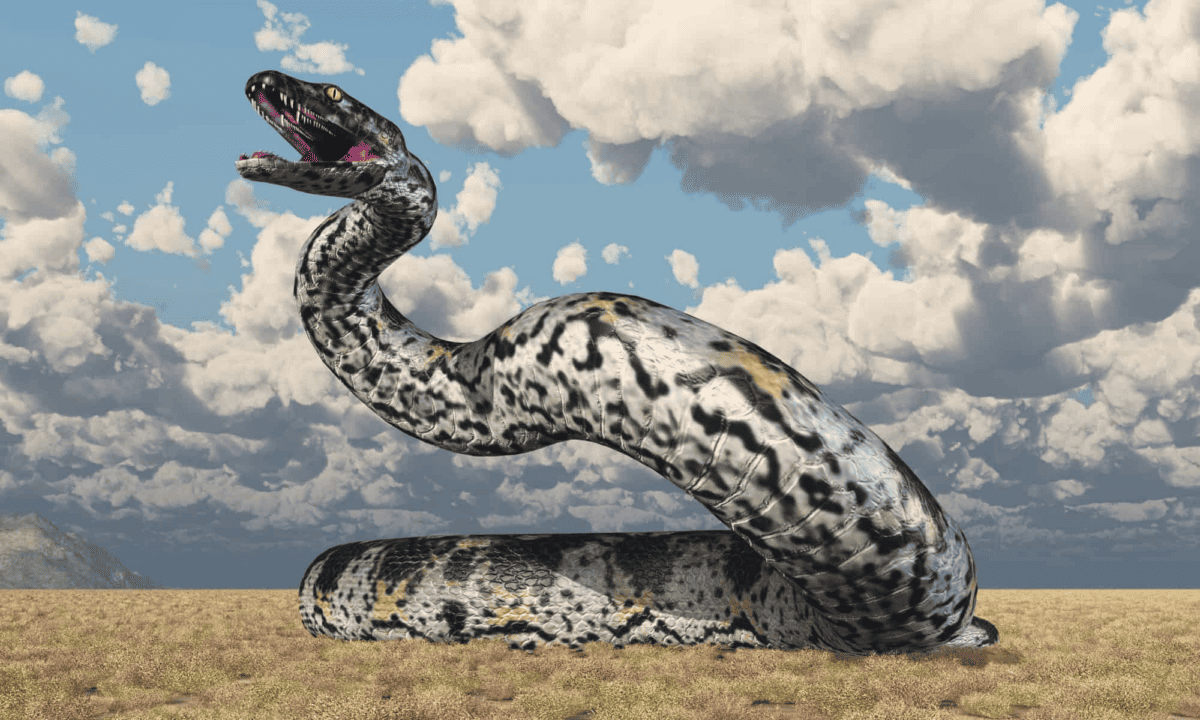Welcome to the world of the largest snake vs. the largest lion. In the annals of Earth’s history, two colossal creatures stood as formidable predators in their respective habitats. On one side, the Titanoboa, the largest snake ever to roam the planet, dominated the lush landscapes of ancient South America. On the other, the cave lion, a mighty feline, prowled the grassy steppes of the Pleistocene era. As we smash into the clash between these prehistoric behemoths, let’s analyze their attributes, behaviors, and strategies to determine the likely victor in this epic confrontation.
Titanoboa vs. Cave Lion

To understand the dynamics of this hypothetical battle, we must first grasp the fundamental disparities between these two apex predators. The Titanoboa, boasting a weight of up to 2,500 pounds and a length reaching 40 to 50 feet, dwarfed its modern-day serpent counterparts. Conversely, the cave lion, though imposing at 700 to 800 pounds and standing 4 feet tall at the shoulder, paled in comparison to the colossal snake in sheer size.
Size Matters: Titanoboa’s Dominance
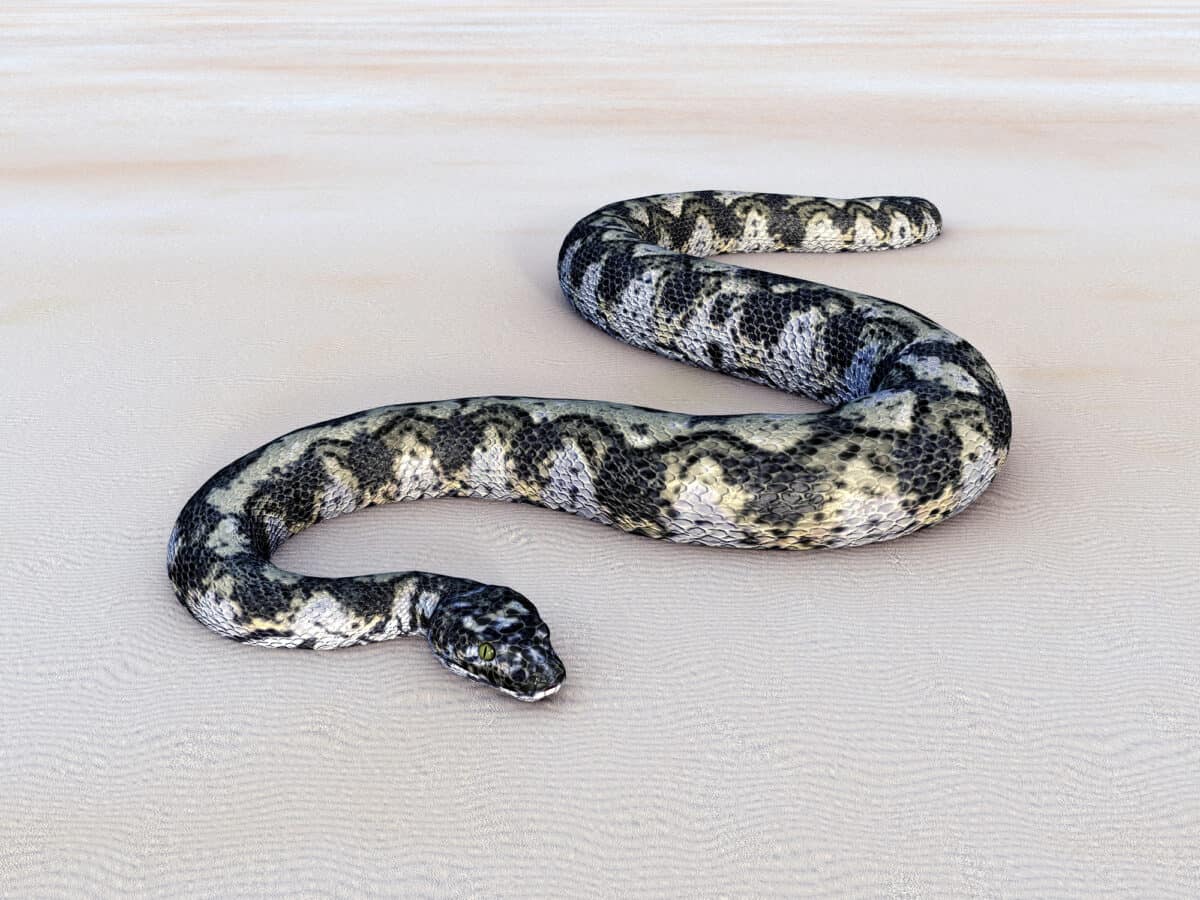
In the realm of size, the Titanoboa reigns supreme. With its massive bulk and elongated form, this gargantuan serpent possesses an overwhelming advantage over the cave lion. Its sheer size alone could intimidate and overpower most adversaries, rendering the lion’s stature comparatively diminutive in this confrontation.
Speed: The Lion’s Agility versus the Serpent’s Slither
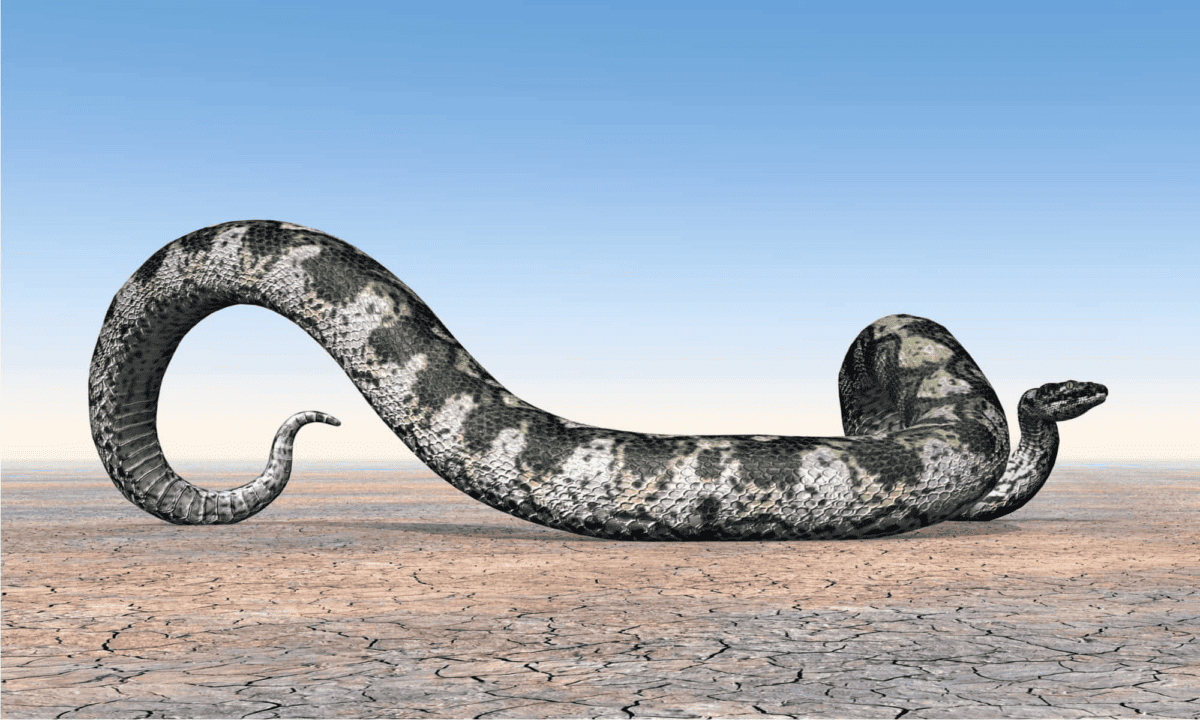
While the cave lion boasted impressive land speed, capable of sprinting at 30 mph, the Titanoboa’s agility was limited by its massive size. Although the snake could maneuver adeptly in water, its terrestrial locomotion was sluggish, likely moving at a mere 1 mph. In a contest of speed, the lion holds the upper hand, possessing the swiftness to evade the serpent’s advances.
Defenses and Offensive Capabilities
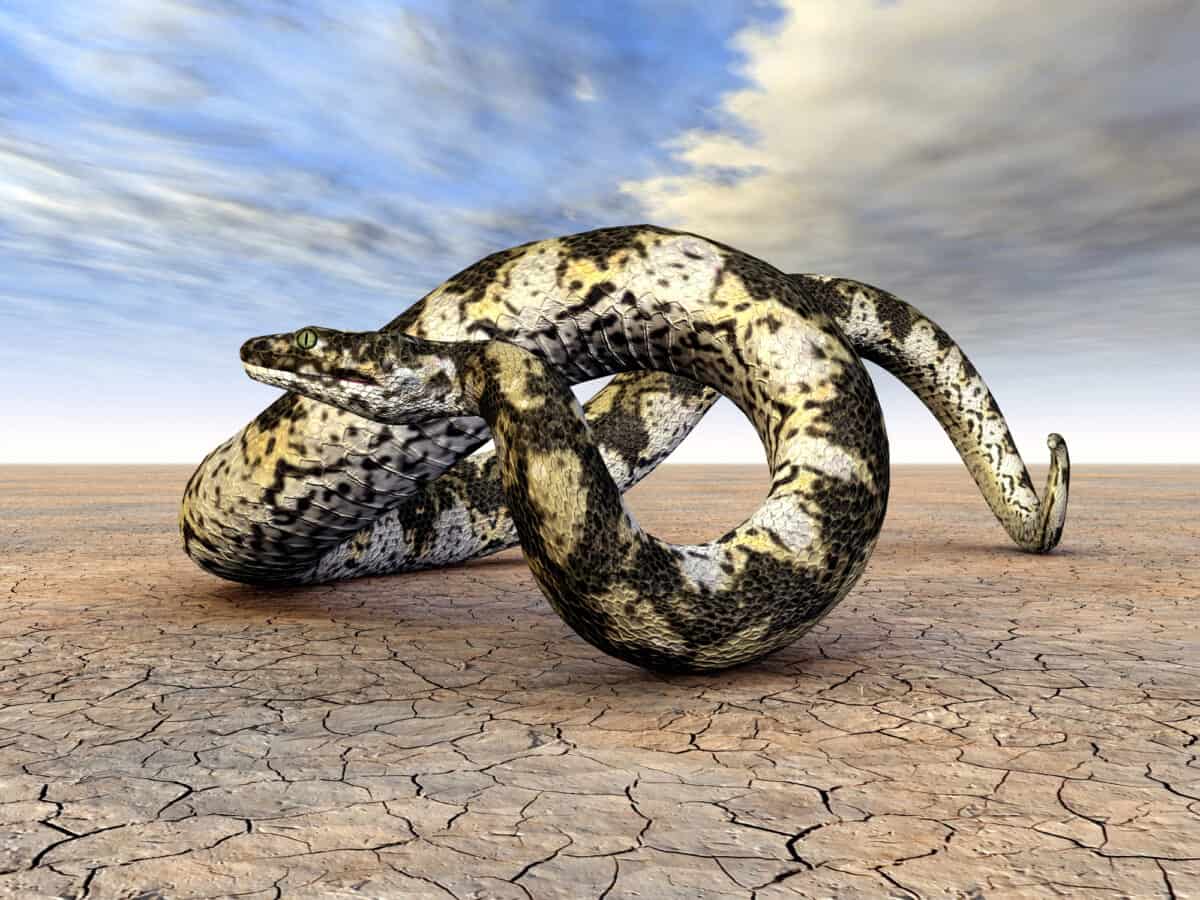
Both contenders wield formidable defensive mechanisms tailored to their respective environments. The cave lion’s strength lies in its pack mentality, finding safety and support within its pride. Conversely, the Titanoboa relies on its sheer bulk and stealth, camouflaging amidst the foliage or lurking in the waters, evading detection by potential threats. While the lion’s collaborative defense is formidable, the snake’s concealment grants it a strategic advantage in surprise attacks.
In terms of offense, the cave lion possesses razor-sharp claws and formidable canine teeth, delivering devastating strikes to incapacitate prey. Conversely, the Titanoboa employs a different tactic, utilizing its rear-facing teeth and powerful coils to constrict and asphyxiate adversaries. Each combatant possesses lethal armaments, but the snake’s suffocating embrace presents a unique challenge for the lion to overcome.
Wrapping Up with The Largest Snake vs. The Largest Lion
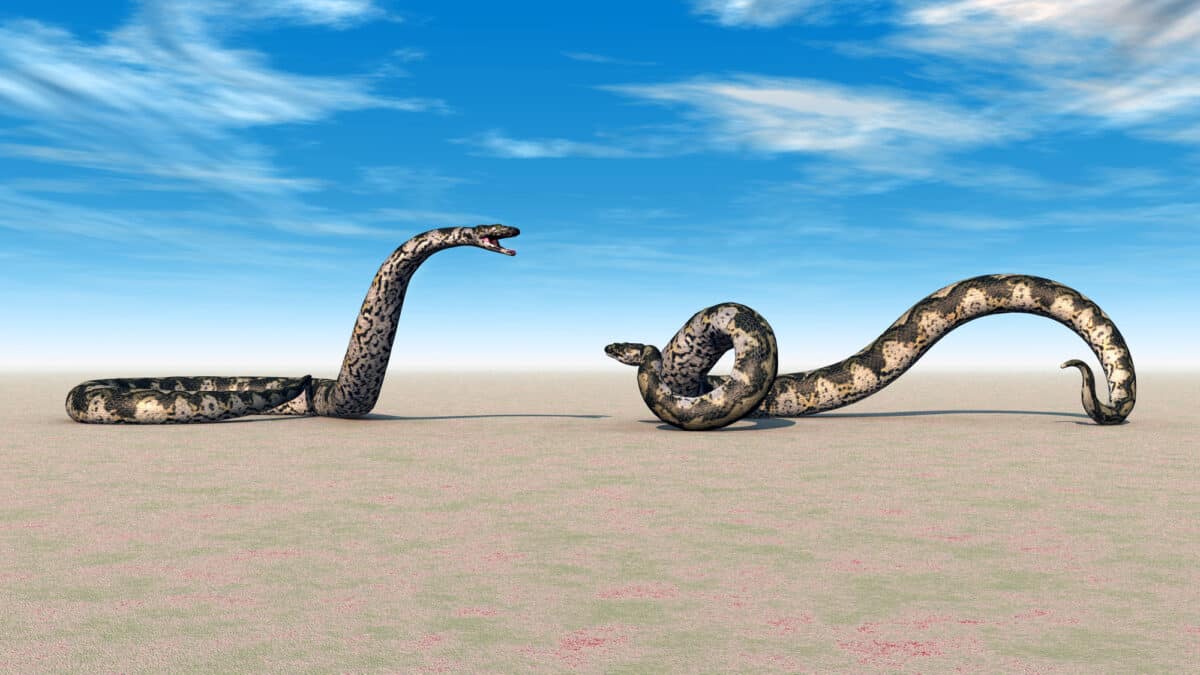
Image by mic1805 via Depositphotos
In the hypothetical showdown between the Titanoboa and the cave lion, the scales tip in favor of the colossal serpent. Armed with its massive size, stealthy ambush tactics, and suffocating constriction, the Titanoboa presents a formidable challenge for the cave lion. Although the lion’s speed and collaborative defense offer a fighting chance, the serpent’s overwhelming size and specialized hunting methods ultimately secure its victory in this prehistoric clash.
In the annals of Earth’s history, the Titanoboa stands as a testament to the awe-inspiring diversity of prehistoric life. While the outcome of this hypothetical battle remains shrouded in the mists of time, the legend of these titanic creatures continues to captivate imaginations, reminding us of the ancient dramas that once unfolded upon the stage of our planet’s primordial landscapes.
Thank you for following along with this article –
Next up in the animal kingdom:
Join our Forum for free today!

- Beachgoers Save Massive Shark Stranded In Florida - July 22, 2024
- Pit Bull Rescued From Being Chained Its Whole Life Gets A Surprise - July 21, 2024
- Dog With Zoomies Takes Flight Into Barley Field - July 21, 2024

